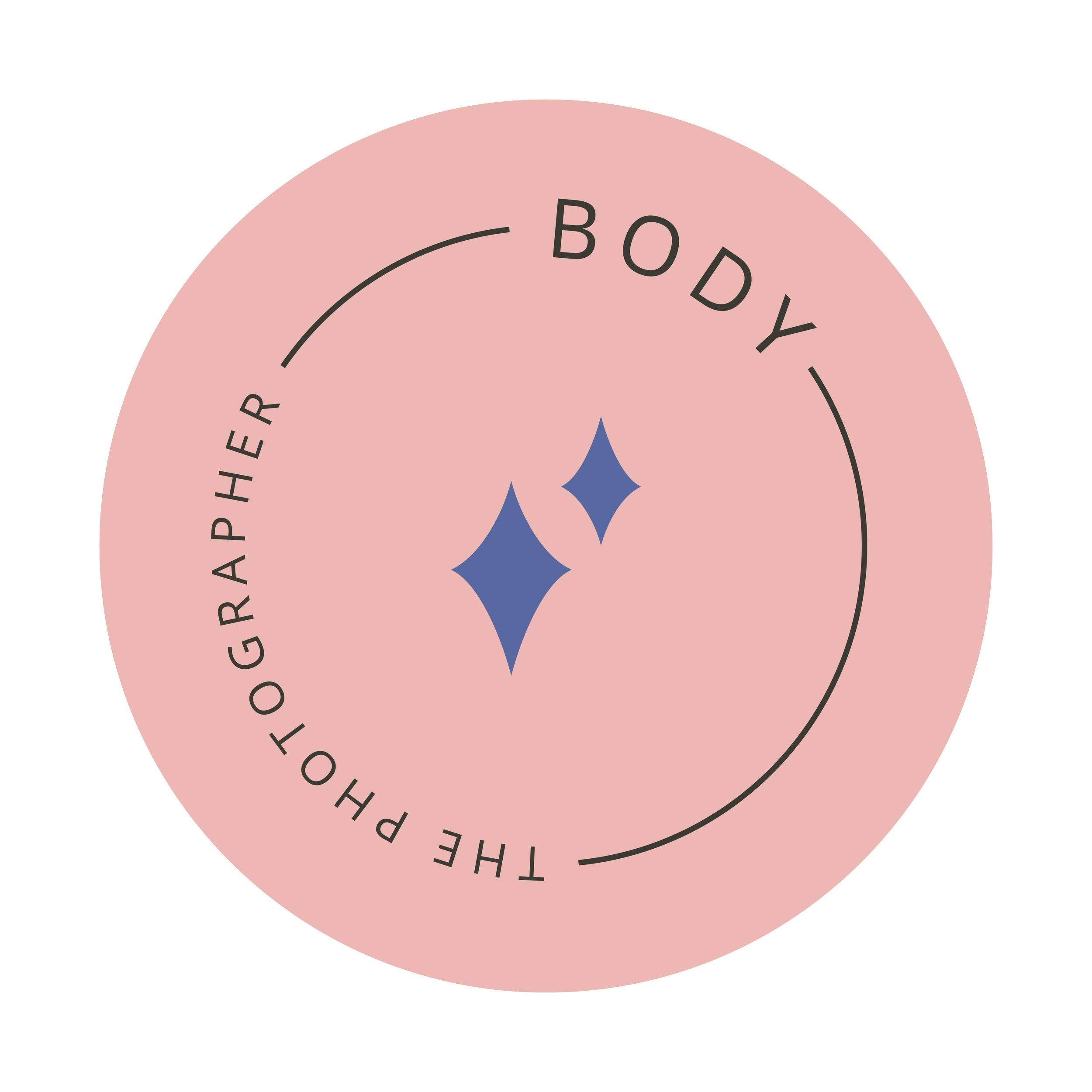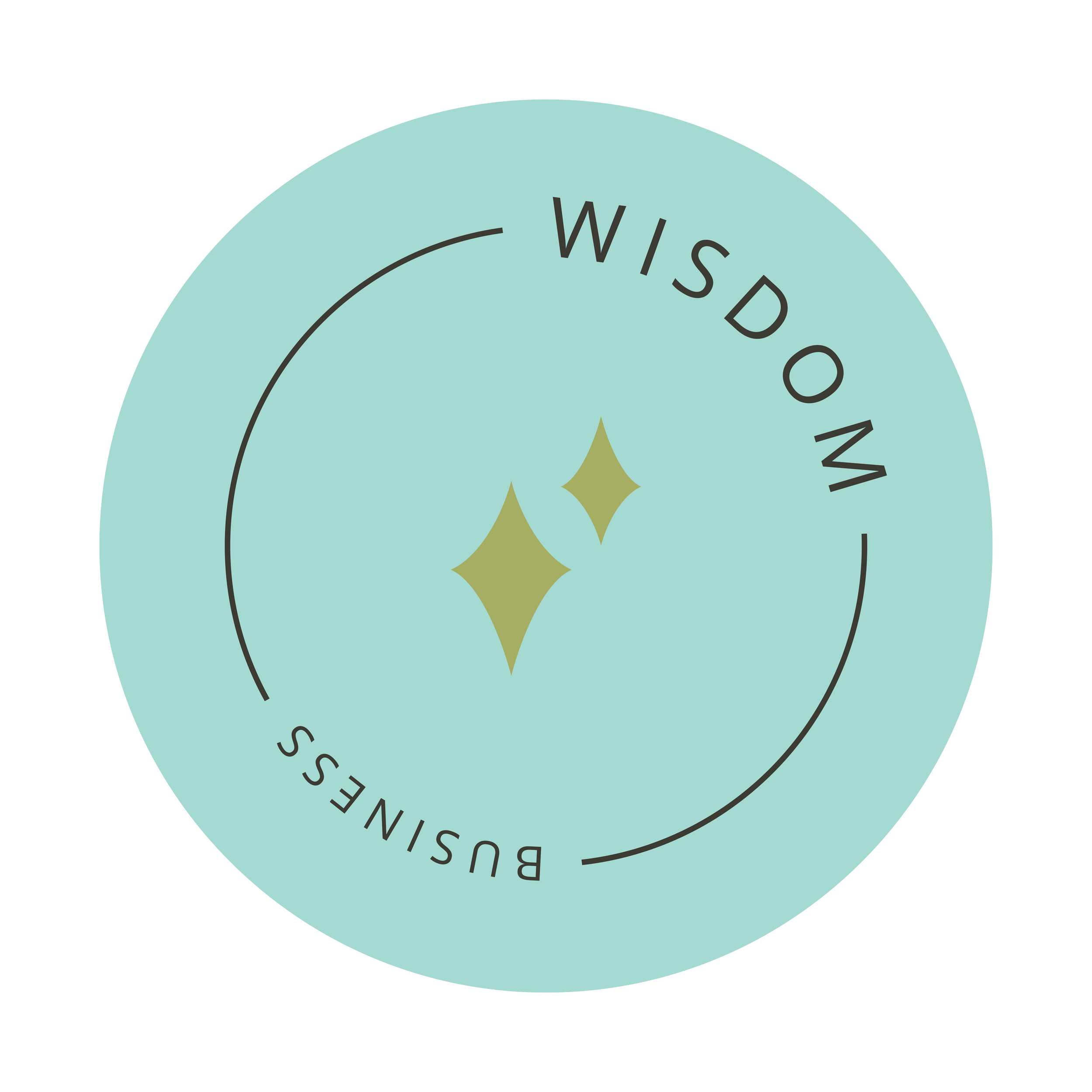Tackling photography ghosting: An old school sales approach Part 2
Image by:@steinart
Last week I presented part 1 of this series on tackling photography ghosting. I reviewed Zig Ziglar’s 5 obstacles to sales:
No need
No money
No desire
No trust
No hurry
I also reviewed 7 psychological reasons why people might not reply to communications:
Wanting to avoid confrontation/ worried they may have to explain themselves
Feeling like they are letting someone down/ guilt so they prefer to avoid altogether
Anxiety or other mental wellness issues creating stress
Not knowing how/ having the skill to turn something down with grace or feel judged if they do
Not feeling it’s necessary to respond. Nothing to do with being rude or ill-mannered, some people feel that once they’ve gotten the information and their answer is a no then no need to waste their time or yours in continuing correspondence.
No time to respond/ overwhelm. This could especially happen if inquiring with many service providers. For someone planning a wedding and reaching out to many providers in different industries (venues, florists, caterers and maybe multiple of each of these), the logistics of responding to each becomes unmanageable. Busy family schedules can also cause this.
They plain forgot. We are a time-starved and overstimulated society. We juggle a lot. We forget stuff and remember in the middle of the night and weeks have passed and now it would just be weird to reply.
This week I’m going to add a third list into the mix: OUR obstacles. What contributes to ghosting from our end? This may be an eye-opener to feel called out that we may be part of the problem. Thing is, when you know of an obstacle, you can neutralize it. So let’s acknowledge that we can be part of the problem, in order to find solutions:
Our attitude towards ghosting
The fact that a non-reply was named as ghosting (refer back to neologisms in Part 1) made it a thing. Then around the thing, we built a story. If I google (another neologism!!) ghosting + photography business, there seems to be a story and sentiment of ghosting being rude and people having no more manners and etiquette in this day and age. Regardless of whether that’s true, I think this story does us a disservice.
Labelling people as rude, awful, impolite, having no manners etc. creates a hostility within us that sabotages our sales efforts. Think about it. A client inquires and then they become a ghost. We roll our eyes - another one! When will this end? Why are so many ghosting me? Why cant’ they respond like a civilized person? All that gets catalogued into our mindset. The next inquiry? Even if this might be our perfect client, the ghost of ghosts-past might haunt your response, perpetuating exactly what we don’t want to perpetuate.
Not making adjustments
The expression goes that insanity is doing the same thing over and over again and expecting a different result. Have you shifted anything in your communications if you keep getting ghosted? We often won’t think about doing this, because we may feel happy and satisfied with how we’re responding, but more-so that we don’t think we play a part in the ghosting problem. You won’t hunt for any issues in your own response or seek improvements if you think the issue is completely one-sided.
Not implementing documented, successful sales strategies into our business
We seem to take ghosting personally but I hope my last post demonstrated that this is a standard course of business in the sales world. When we feel it’s personal we feel very helpless to fix things and we shrug our shoulders and that might fuel our attitude towards the ghosters as negative (which then perpetuates the cycle). When we realize it’s normal business, we can apply business strategies to try to fix things.
Seeking the NoGhost
Our solution lies in designing our sales process to overcome both purchasing obstacles and human psychological tendencies, in order to promote a positive response. The quick way to say this? The Noghost.
The Noghost is leveraging all tools and strategies at your disposal to elicit a reply, and a positive one at that. While any reply for closure is appreciated, it is as Bon Jovi puts it: "We’re halfway there.” Because you don’t want just any reply; you want a YES. The lyrics that follow that first line are also relevant. “Livin’ on a Prayer” is how many of us manage our sales process - answering an inquiry but without strategically designing a Noghost. You don’t have to live on prayers here. Instead, live on tried & true sales, marketing and psychological techniques to assure your results, as much as you can. When humans are involved we can’t control everything, but you can control more than you realize!
Have you ever wanted something so badly?
Think about when you wanted something badly - a toy when you were a kid, that house that you love but your hubby doesn’t. When we want something, we pull out all the stops to convince someone who shares or makes the decision. You try to overcome objections: from “allll the other kids have it, I’ll be left out” to “but honey, look at this VIEW!” We might be experts in overcoming sales and psychological objections in other areas of life, so now, to create a Noghost, you will use all of that in your business!
Two sales designs to create clients and not ghosts
Name it.
Ghosting is a neologism; a coined phrase. So is my new one, NoGhost. In marketing, people coin words and phrases because you can create a story around it as a concept. You can attach emotions, characteristics and personality which make that thing get known or buzzworthy, as the concept of ghosting has done. It’s similar to branding but for words! Do people talk about how they didn’t receive a reply on an email inquiry? Sounds pretty mundane and nothing special in the course of your day. Do people talk about ghosting? Absolutely!
When you create something of interest, it gets people’s attention. When people give attention, they are more likely to engage with you and therefore less inclined to ghost you.
If a bride is reaching out to three photographers and all three write back a response that sounds the same: Congrats on the wedding, here is my pricing, let me know if you have any questions - it’s the mundane and nothing special version. Nothing stands out. She’s not emotionally invested or excited and that hits one of Zig Ziglar’s obstacles: No desire. Use a neologism to overcome that obstacle and create desire.
The Design: For example, I add in my response email that I provide something extra to all couples; a signature portrait. We may all deliver one as part of a gallery such as a double-exposure, a composite or just a frame that we’ve edited with a bit more oomph than the others, but I named it and called it out in the email. All of a sudden, it’s an attention point and builds desire for a product that I was going to give anyways!
Build Anticipation.
I recall hearing a story in my childhood. Where a teacher noticed a boy always sneaking off after school or something. The teacher followed the boy one evening to find out where he went. Turns out he was going to his old grandfather’s home every evening to continue reading a story. Every reading resulted in a cliff-hanger, and the reasoning was that the grandfather would want to stay alive to hear what happened next. Movies and tv shows use this technique often to get you hooked!!
My ghosting blog post became quite long when I started to write it. Instead of one super-long post, I decided to break it into 2 parts. I designed it to give some information and to arouse sufficient curiosity and anticipation for the next post. Then I added a call to action “tune into the blog next week” - to motivate people to look out for, or seek the content. This hits another one of Zig Ziglar’s obstacles: No hurry. When people feel a tingle of impatience to want to know more, they will reach out sooner than later!
Are you building anticipation, rousing curiosity to learn more about you and your services? Or are you responding; asked and answered? Or, are you sending an email with absolutely everything under the sun related to your business in that first reply? Build in a story into your response, leave something out but on offer, and encourage the client to tune into you again with a reply.
The Design: You are a maternity photographer with an extensive wardrobe collection. When someone inquires about services, you may be sending out the whole shebang - price list, wardrobe guide, a link to your inventory. Look how great you would have it with all these valuable things I offer - hire me! We often want to sell ourselves by revealing all, but in effect you’ve just told the whole story in one fell swoop and didn’t leave any part of the story as a cliffhanger to keep the client engaged in what comes next. Sales techniques are rarely one and done - they are a journey of walking people to the next reveal, engaging them more at every step until the conversion is inevitable. For example, responding to a client that you have an extensive and beautiful maternity closet. That’s a reveal to arouse curiosity. Then, create the cliffhanger: Would you like me to send you the link to the online catalogue? You revealed the client closet which is an important selling feature, but the catalogue may be overkill for the first response because they still may be in early stages of deciding to book. But a next step would naturally be to start selecting gowns and that anticipation can get them to reach out so they can start browsing! A Noghost.
Once again I’ve realized how big this topic is. It’s like a mini course! I’ve offered 2 solid ways to promote the Noghost and I’ll leave things here now. Tune in next week and I will present Part 3 - more sales techniques to promote a YES in our business!
Linking the other pillars
The psychological barriers to responding can be physical. As you might cringe in horror to get on a phone call with a prospect and feel the anxiety building in the pit of your stomach, they too can feel this in trying to let you down. It’s easier to manage the bodily feelings by avoiding. The right thing? Maybe not, but sometimes we must cope the best ways we know how.
Once we recognize the sales & psychology aspects at play, we can use that information to design business processes and practices that converts more prospects into bookings. Ghosts can go haunt someone else!
Promoting a response has a lot to do with your energy. For many of us, we try to have good energy in our web copy to attract inquiries, but the energy of telling people prices is imbued with fear and doubt. This could be coming across in your responses; a silent and intangible thing that drags the energy down and may cause someone to decide not to want to work with you.
If we’re open we may recognize the role we play in ghosting, by not designing effective processes. That niggling feeling may be telling you that investing time and education into Sale and Marketing may be a good thing. Listen to that voice as it’s usually the right guidance!
Join the Facebook Group with over 6,000 like-minded members to chat with others on this topic, and more!









